Dynamic Symmetry – Top 7 Misconceptions You Should Know

#631
Thanks for joining in to show your support everyone, it’s much appreciated!
Today we are going to look at something very important. It’s the top seven misconceptions about dynamic symmetry that you should definitely know. Why do you need to know them? Because it could be impeding your progress as an artist. Let’s get into it!
Misconceptions Top 7
As with anything, the less we know about something, the more difficult it seems. This goes for cooking, surfing, computers, relationships, speaking French, or applying dynamic symmetry. In fact, a lot of artists have allowed their ego (see #590) to make up all kinds of excuses as to why they shouldn’t even bother with dynamic symmetry. This leads us to the first misconception.
ONE
“It’s just a bunch of lines, something is bound to line up.” This is the most popular by far, so let’s take a serious look at how lazy this statement is. It’s like saying a chef threw a bunch of spices into the soup, so something is bound to make it taste good. Or, a carpenter nailed a bunch of boards together, so they’re bound to create a useful structure.
For some reason, there’s a disconnect with certain artists where they think if you take the time to design a photo or painting, it’s not art. They prefer to create from their intuition or their gut instinct; both which require quality knowledge to be guided from (see Day 108). If they don’t learn of powerful techniques, how are they going to apply them on a consistent basis with their gut?
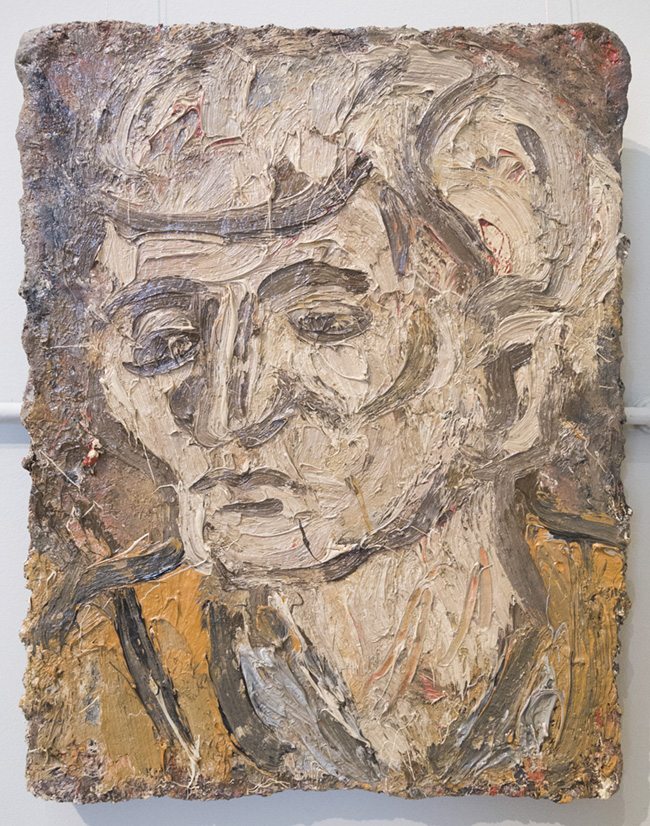
Each line of the armature relates to the frame it resides within. They aren’t randomly placed or arbitrary, which is why dynamic symmetry helps organize a composition. It goes without saying, if you align the elements of your composition to the grid, they aren’t randomly placed or arbitrary either. It’s a simple concept, but is easily mystified.
In the examples below, we can definitely tell which lines are organized better within the frame. Wouldn’t we want our art to be well organized too?
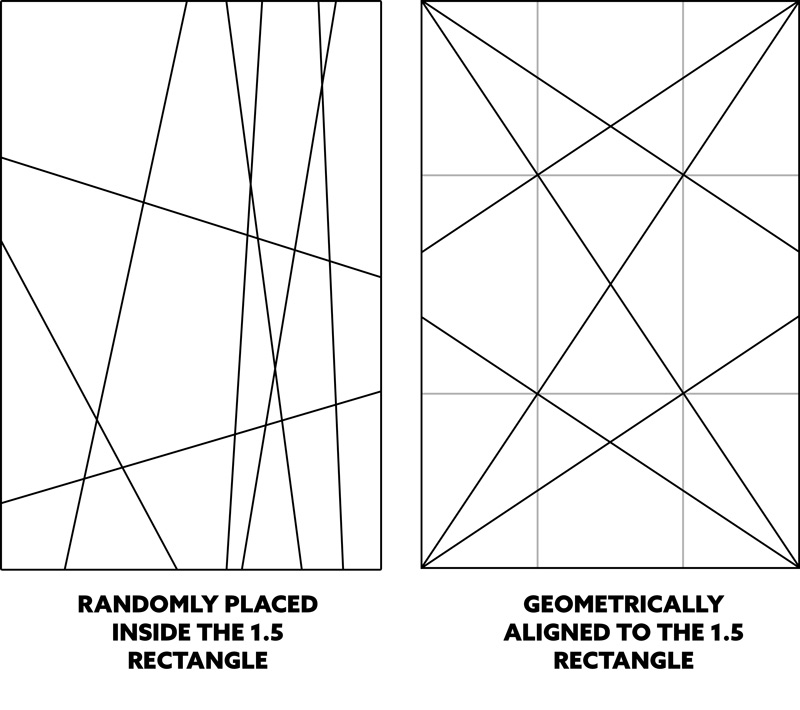
TWO
The second most common misconception is “There’s too much math involved.” This couldn’t be further from the truth. You don’t need to know any math if you’re using the grid. You just align the elements to it and you’re done. Two plus two equals…who cares. Using the grid requires zero math. Here’s a drawing I did with the stacked/rotated Root 3 MAD grids…no math.

Here’s a photo composed with the 1.5 grid on my LCD…no math.
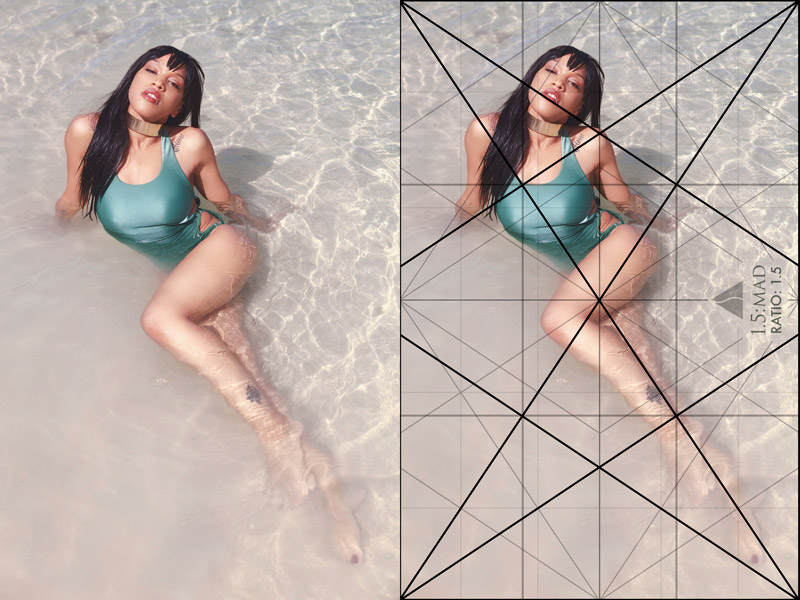
It’s only when you want to deeply understand their construction do you ever need math. And the extent of the math can be completed with a 3rd grader’s calculator.
The dynamic symmetry grids are literally built and divided with geometry, and can be broken down into endless grid combinations (see themes and overlapping). This isn’t difficult to understand either, and is simply explained with children’s blocks in the images below (also see the video #557).

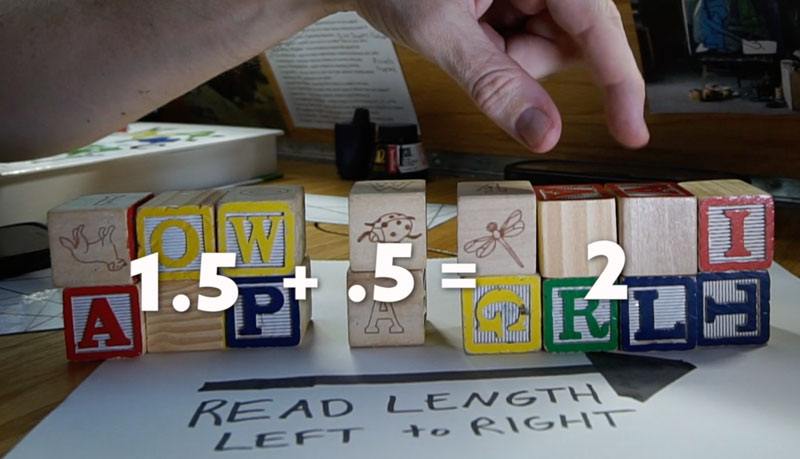
THREE
Next up we have “Creating the grid is too difficult.” Each root rectangle is created from a square and either longer or shorter than the square. The basic armature of any rectangle consists of four diagonals and a couple of verticals and horizontals. It can be drawn rather accurately by hand without any tools as seen in the video below.
Can you draw the letter “t” without a ruler? Well, that’s as tough as it gets.
First draw the major diagonals corner to corner. Easy! Then intersect these major diagonals at 90 degrees…or draw a “t” and extend the ends with one meeting the corner. These are the reciprocals and since there are four corners in a rectangle, you’ll have four “t’s.” Of course, you don’t have to draw a “t” because the lines of the major diagonals already exist, it’s just to show you the simple shape you’re creating. The horizontals and verticals are drawn through the intersection point of each “t” that was created.
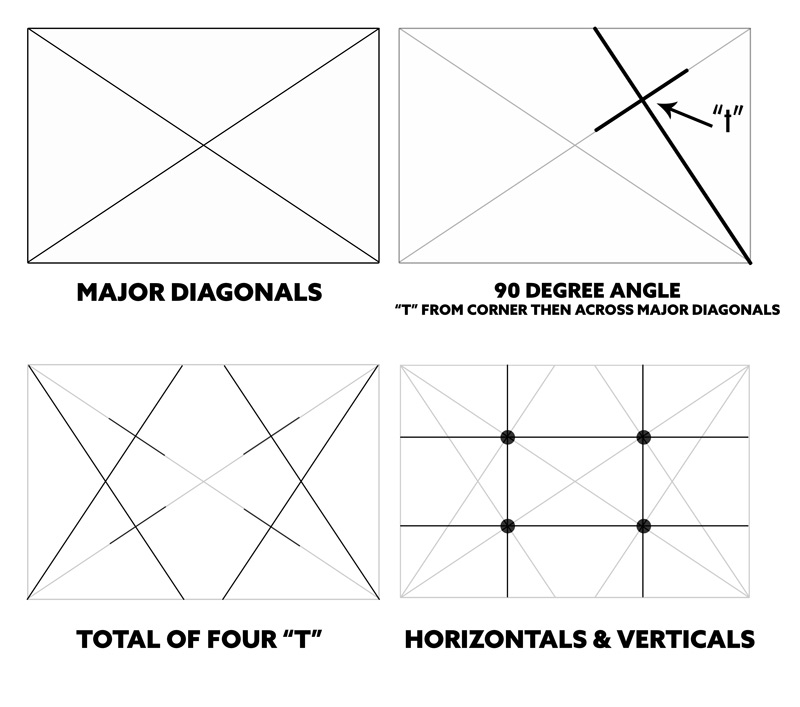
We even have a simple dot-to-dot image from the PC & D book which shows how the root 3 can be created. This shows the verticals dropping from each reciprocal diagonal, which divides the mother rectangle into three smaller root 3’s. Cool, eh?
FOUR
Another great dynamic symmetry misconception is “Master painters didn’t use it.” Some skeptical artists think that if they don’t have the artists personally revealing their secrets, then it was magic, a gift, or an act of God; not a technique. They think that you need to be born with creative genius to create such compositions.
Well, I hate to break it to them, but magic is a trick derived from technique like “sleight of hand” or trap doors. Most importantly, a professional magician never reveals their secret otherwise it would seem completely boring. People want to be wowed, not be walked through each step.
That doesn’t mean interested parties can’t analyze the trick and figure it out. I’ve seen plenty of videos that are all about analyzing magic tricks to show how they were achieved. Believe me, the magic trick always seems really lame when the process is revealed. Yet, if I were a young aspiring magician wanting to create the same kind of tricks, it would be amazingly important to understand. That’s the difference between the artist and the layman viewer.
The same goes for analyzing master paintings. Dynamic symmetry was a trade secret. In regards to the Ancient Egyptians, it was sacred. The last thing master artists would want is to reveal their secrets to the audience, or give an edge to any artists they were competing against. Making art involved big money back in those days, so any secret techniques would be wisely kept behind tight lips. If we ever learned how they built the pyramids, it would potentially make them less amazing.
To see the vast difference art has made throughout the centuries, we only need to compare modern and contemporary art to that from the late 1800’s and earlier. As modern art became all the rage, the classical composition was thrown out of the toolbox and replaced with intuition and gut instinct. These alone can’t create a well composed masterpiece
FIVE
Some artists look at the grid, try to apply it and think it’s “Too constricting and rigid.” Well, if they are thinking this, then they are not fully educated on how to use dynamic symmetry. We can draw “S” shapes, circles, or any other shape all while locking it into the grid.
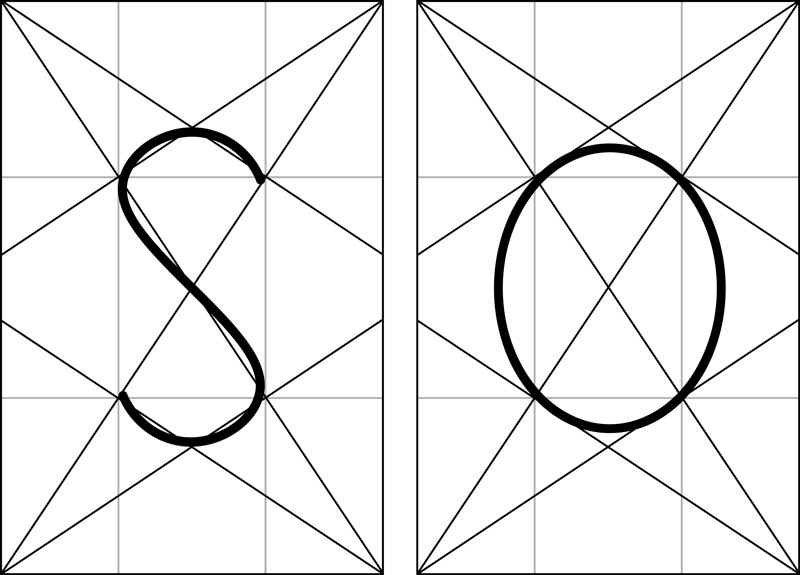
The composition doesn’t have to look like a blocky Picasso painting. In fact, we can see how Picasso softens the lines in his composition below (see #502), while still locking into the grid.
SIX
Another dynamic symmetry misconception is that it “Always has to lock in perfectly.” This is not true, even though it’s quite admirable to get it as perfect as you can. Thanks to visual perception, we can have our diagonals slightly off and elements not locking in perfectly. In the diagram below, we see example A is slightly wider than example B, but they are perceived as the same. When overlaid, we will see that the slight variance makes different diagonals, but the mind doesn’t seem to notice. This is definitely a benefit considering how the natural process of using the grid, transferring drawings to canvas and painting, all creates the chance of slight misalignments (see #601).
SEVEN
The final misconception is that “You should only use it to analyze art, not for composing a photo or painting because it slows down the creative process.” It’s normal for a new skill to slow down the creative process. Try to think back when you bought your first camera and you tried to shoot in manual mode (see #565), or when you first tried painting with oils. Did it come quickly and naturally? I’m sure I can speak for most of us and say that it was definitely a challenge…especially to do it quickly. These new processes take time, but with application they become more efficient. Artists will be doing things backwards if they only use dynamic symmetry to analyze a photo or painting. Analyzing is tremendously helpful, but each photo or painting should be planned out and designed if there’s time to do so.
In the case for street photography, you may have to shoot in a rather quickly (see #439), but try using the grid on shots where you have more time to align things. This will give you more practice in order to apply it quicker in the future. In the photo below, I had time to align things to the grid because I was waiting at a crosswalk.
Conclusion
As you see, there are quite a few huge misconceptions about dynamic symmetry, but they can all be remedied with more knowledge. If knowledge is power, then just think of all you can do with your art as you learn more and more about using dynamic symmetry. Not only do the grids help you organize the composition, but they promote techniques like coincidences, gamut, dominant diagonals, and 90 degree angles. Wow!
That’s it for this one, thanks again for joining in. See you next time!

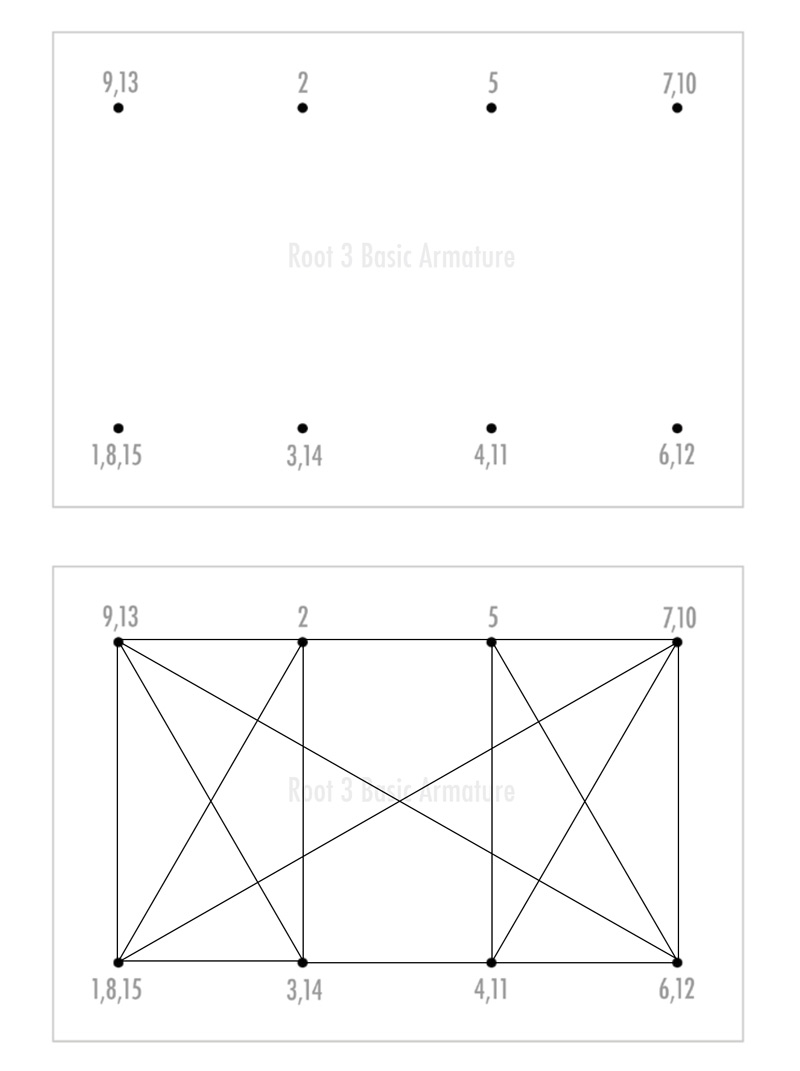
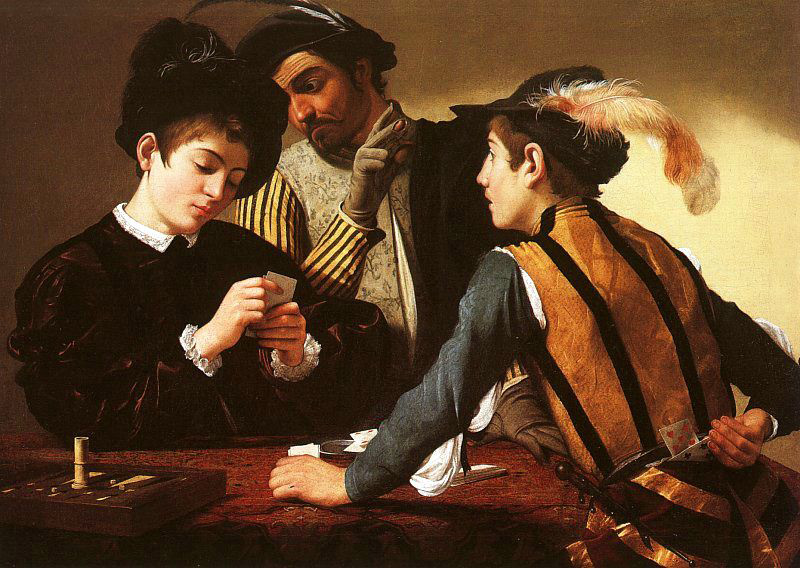
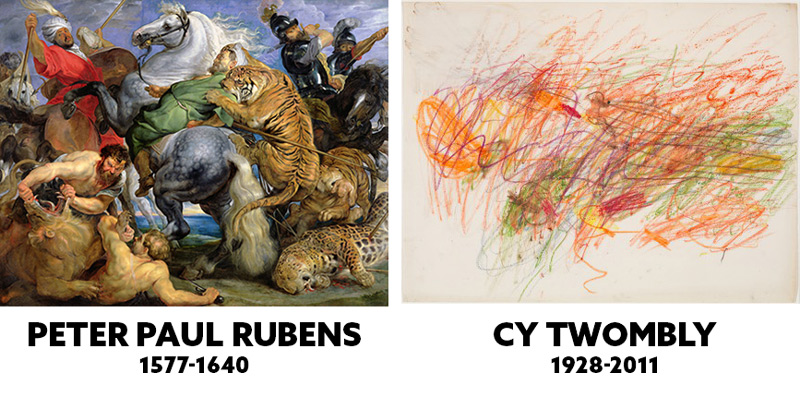
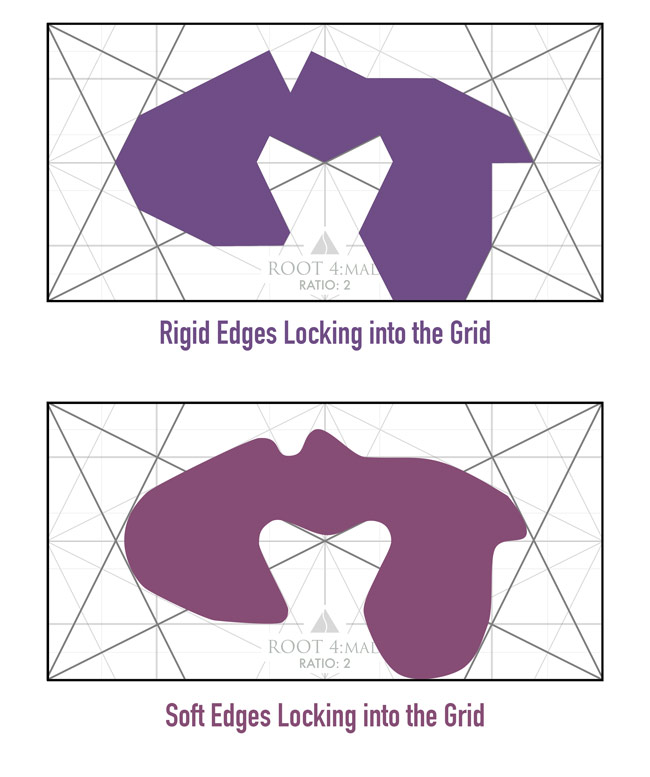

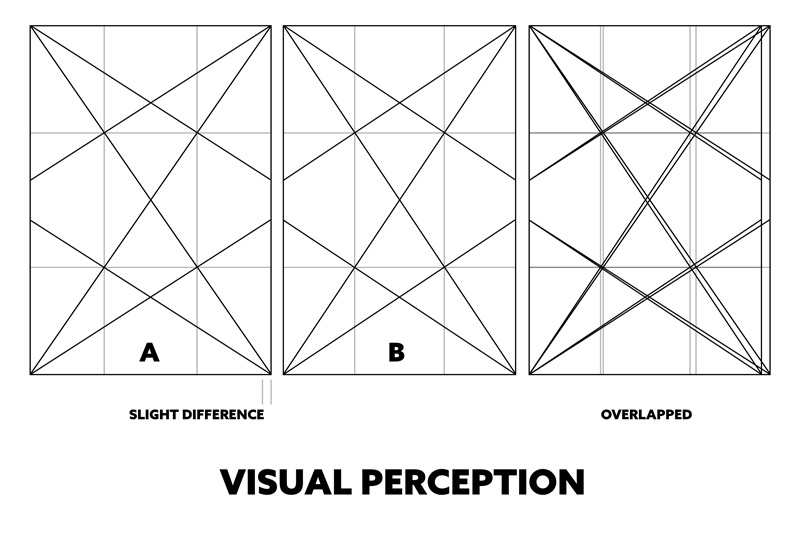
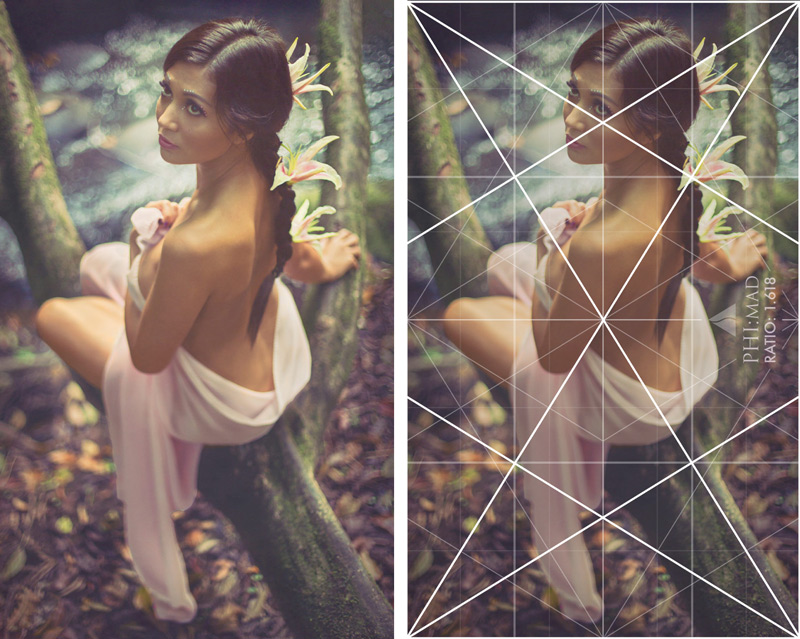




December 15, 2020 @ 9:14 am
DS is quite interesting, but I need simpler. What is lining up? Ratios? I see lines forming
tangents to various angles. I would gain more by seeing a comparisons of the same painting. One showing no DS and one showing how DS has made a big differ,
December 15, 2020 @ 10:22 am
Thanks Tavis, really appreciate all your work and inspiration! Definitely had the “I work intuitively” response.
My brother is a painter from South Africa, he’s been working with DS this year and really thankful.
Bought your book earlier this year. Follow some people on social media who post of a lot of paintings and photos, can almost immediately tell when DS has been used. Fun trying to work out their composition technique.
Nick
December 17, 2020 @ 5:02 pm
Thanks for the comment and support! I’m glad you and your brother are finding dynamic symmetry helpful. Take care!
December 17, 2020 @ 5:08 pm
Thanks for the comment! I know it’s hard to see at first. Check out some of my free videos on YouTube…this one might help.
https://youtu.be/3Rg-NZspZWY
To see the difference easily from those artists who use dynamic symmetry and those who don’t, google rule of thirds and look at the images. Then google master paintings and look at those images. You should be able to see a great difference.
February 6, 2021 @ 1:06 am
You’re welcome, thanks for the support!
February 6, 2021 @ 1:11 am
You’ll line objects up to the grid to take advantage of the geometry within the frame. You don’t need to know anything about ratios, math or geometry. If you’re using the grid it will automatically promote techniques like dominant diagonals, coincidences, enclosures, 90 degree angles, and gamut. If that stuff all sounds confusing, please check out my free YouTube videos where I explain most of these techniques. Take care!